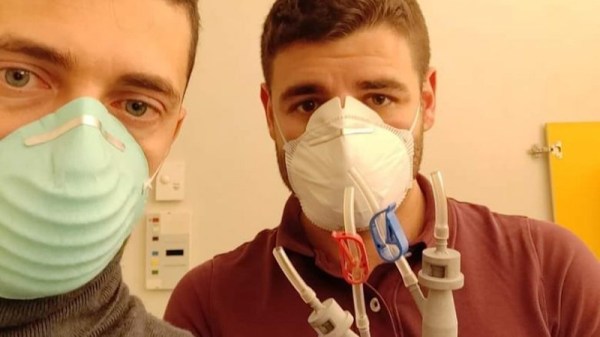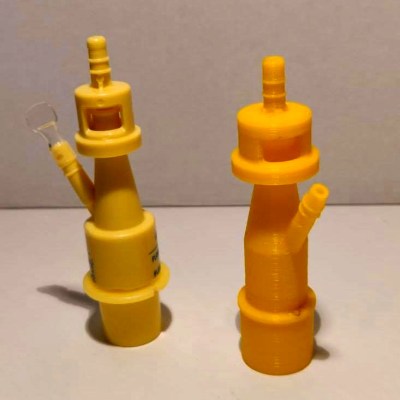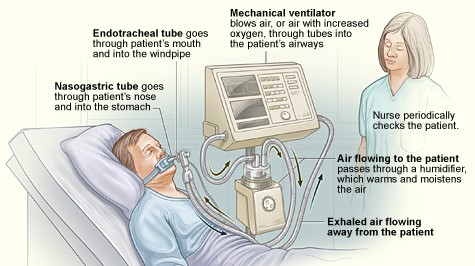The smell of resin SLA printing is like the weather — everybody complains about it, but nobody does anything about it. At least until now, as [Aris Alder] tackles the problem with an affordable DIY supplied-air respirator.
Now, we know what you’re thinking, anything as critical as breathing is probably best left to the professionals. While we agree in principle, most solutions from reputable companies would cost multiple thousands of dollars to accomplish, making it hard to justify for a home gamer who just doesn’t want to breathe in nasty volatile organic compounds. [Aris] starts the video below with a careful examination of the different available respirator options, concluding that a supplied air respirator (SAR) is the way to go.
His homebrew version consists of an affordable, commercially available plastic hood with a built-in visor. Rather than an expensive oil-free compressor to supply the needed airflow, he sourced a low-cost inline duct fan and placed it outside the work zone to pull in fresh air. Connecting the two is low-cost polyethylene tubing and a couple of 3D printed adapters. This has the advantage of being very lightweight and less likely to yank the hood off your head, and can be replaced in a few seconds when it inevitably punctures.
Another vital part of the kit is a pulse oximeter, which [Aris] uses to make sure he’s getting enough oxygen. His O2 saturation actually goes up from his baseline when the hood is on and powered up, which bodes well for the system. Every time we pick up the welding torch or angle grinder we wish for something like this, so it might just be time to build one.
Continue reading “Keep Your Lungs Clean And Happy With A DIY Supplied-Air Respirator”



















